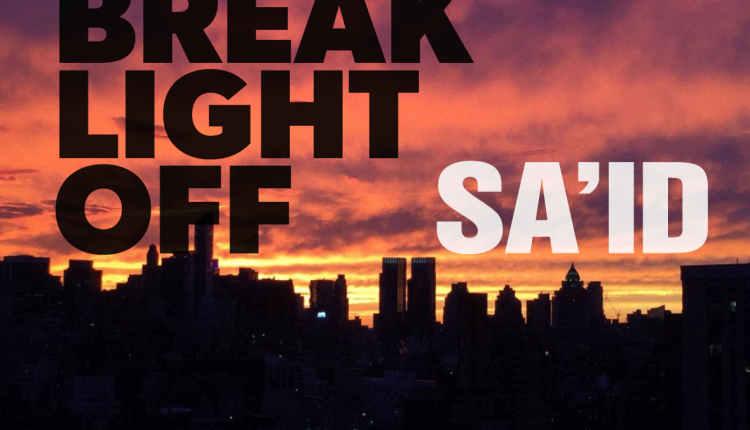Fair use, a doctrine codified in U.S. copyright law, acknowledges that there are some forms of borrowing that do not require permission of the copyright holder of a given work. Fair use applies to all copyrightable material, including, but not limited to, books, films, and sound recordings (songs). Unfortunately, the majority of beatmakers (producers) no very little or nothing at all about fair use, what it is or why it’s an important component of copyright law. This is unfortunate because the fair use doctrine (as well as the de minimis doctrine) generally applies to the type of sampling (borrowing) that most beatmakers (producers) within the hip hop/rap music tradition engage in.
Thus, it is my goal to help people, especially beatmakers (producers), better understand copyright law in general and fair use in specific. While I have literally written a book on sampling and copyright law (The Art of Sampling), one of the best ways to explain what fair use is is to demonstrate it by creating art that uses the four factors of fair use as guidelines. In this vein, the art of sampling presents a great opportunity to show how new art can be made by borrowing existing art while ascribing to the principles of fair use.
It’s important to note that a work does NOT need to satisfy ALL four factors of fair use to meet the threshold of fair use. In other words, a work can meet the threshold of fair use if even just one of the four factors are satisfied. But the more factors that favor a given work, the stronger its case for fair use. Also, to be clear, there is no bright-line fair use rule, despite what anyone may like to claim. However, what does exist are the four factors of fair use, which the courts use in copyright infringement cases to determine if an alleging infringing work actually infringes or makes fair use of a copyrighted work. Still, it is these four factors that give sample-based musicians the best guidelines to follow when sampling (borrowing from) a song.
Thus, the Fair Use Sampling Project is a series of songs that seek to provide insight into fair use by offering examples of how to make sample-based music while adhering to the fair use doctrine. Each song in this series has been produced and written by me, and from time to time I will include guest songs produced by other beatmakers (producers). With each song, I test the four factors of fair use, aiming to meet the threshold of fair use as proscribed by copyright law and as discussed by judges in various court cases where the determination of fair use was made.
Study Song: Sa’id – “Back Light Off” (Produced and rhyme written & performed by Sa’id)
Song(s) Sampled: “Summer Madness” by Kool & The Gang; and an unscripted Fred Hampton speech at a rally.
1st Factor: purpose and character of use — transformation is the key here.
What was done that makes “Break Light Off” meet the threshold of Factor 1 of fair use?
Answer:
– Created useful art
– Added lyrics to an instrumental
– Added new expression
– Changed the meaning of the instrumental from a song about celebration of summer to a song about police brutality and murder against black people in the era of Trump.
– Comments on the history of police brutality in America and how routine traffic stops are now used to victimize black bodies.
Factor one strongly favors “Break Light Off.”
2nd Factor: The nature of original work.
“Summer Madness” is a copyrighted sound recording. Fred Hampton’s speech is in the public domain, as it is factual (non-produced) news.
Because “Summer Madness” is a creative work, not a work of facts, etc., Factor 2 does not favor “Break Light Off.”
3rd Factor: The amount and substantiality of the portion used in relation to the work as a whole.
– “Break Light Off” uses as a 60-second sample of a 4-minute song that does not contain lyrics. That said, the 60 seconds is necessary for adding new meaning and expression to the instrumental.
– “Break Light Off” also uses a 22-second sample of Fred Hampton speaking at a rally in the 1960s. At this rally, he’s discussing police brutality, a topical issue and an problem that persistently plagues America.
Factor three favors “Break Light Off.”
4th Factor: The effect of the use on the market or potential market for the original work.
– Kool & The Gang’s “Summer Madness” is a soul-funk fusion instrumental. “Break Light Off” is a rap song with lyrics. The latter does not harm the prior’s potential market in any way, and no listener would confuse the two as the same market. Furthermore, “Break Light Off” helps rejuvenate the market of the prior, which also serves the purpose of copyright law.
Factor four strongly favors “Break Light Off.”
DECISION: Is it likely that “Break Light Off” meets the fair use threshold?
Answer: Yes
If you would like to submit beats for the Fair Use Sampling project, please contact me at: submissions@beattips.com. Include “Fair Use Sampling Project” in the subject.
